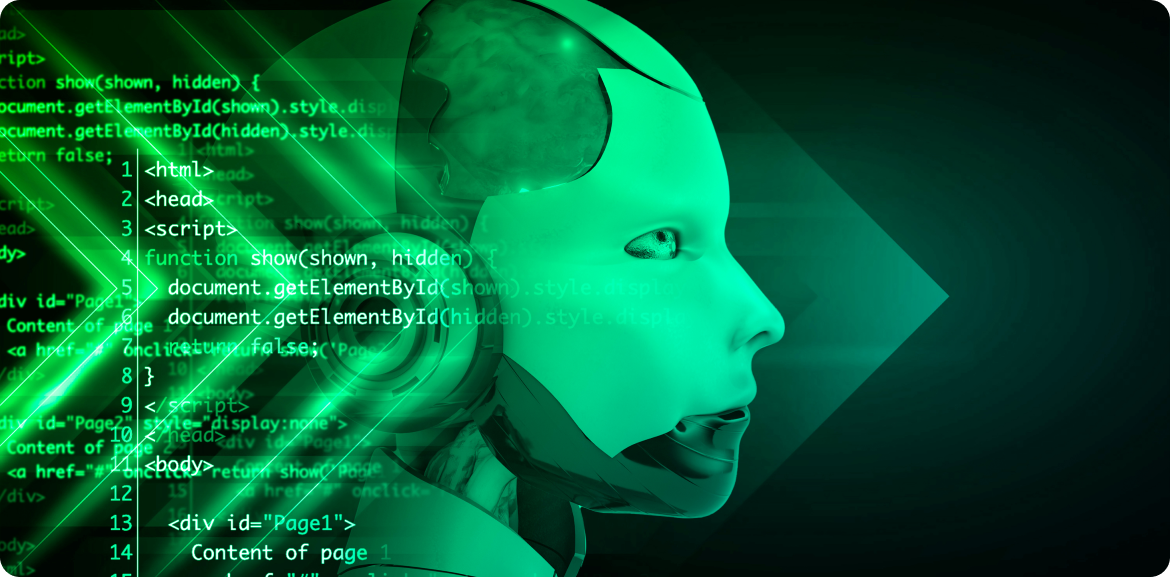In the fast-evolving digital technology landscape, Artificial Intelligence (AI)-based chatbots have emerged as a super tool in transforming customer service and engagement for businesses across the globe. While chatbots have been around for quite a while, they have now reached a whole new level of sophistication with the help of AI technology. These powerful digital assistants are like the Swiss Army knives of the digital world, slicing through mundane tasks and unlocking endless new possibilities for customer service across industries. Imagine having a helper who never sleeps, eats, or takes coffee breaks. That’s your AI chatbot in customer service – always ready to tackle any query, from the mundane “When is my order arriving?” to the more complex “How do I choose a good investment plan?”. In the digital shopping aisles, AI chatbots can double up as personal stylists, picking out the perfect pair of jeans or recommending a piece of jewellery based on your tastes. In banking, they can provide sound advice on how to manage your investments. In healthcare, they can be much like friendly nurses reminding you to take your medicines. In education, they can suggest courses based on your needs. In travel, they can snag you the best deals on flights and accommodations. The list is endless.
AI chatbots, with their ability to understand, process, and respond to human language in a manner that is both conversational and contextually relevant, are revolutionizing the customer service industry, one chat at a time. By leveraging cutting-edge technologies such as Natural Language Processing (NLP) and Machine Learning (ML), these chatbots are carrying on conversations that closely resemble human speech and sound personal in a way not thought possible for a machine previously. Besides their conversational capabilities and 24/7 support, AI chatbots stand out by providing businesses with invaluable insights into customer preferences, behavior, and feedback. These help businesses tailor their services and products more effectively, ensuring that future customer needs are not just met but anticipated. As per Salesforce, almost 23 percent of customer service companies already use AI chatbots and many more are planning to adopt them in the coming months.




